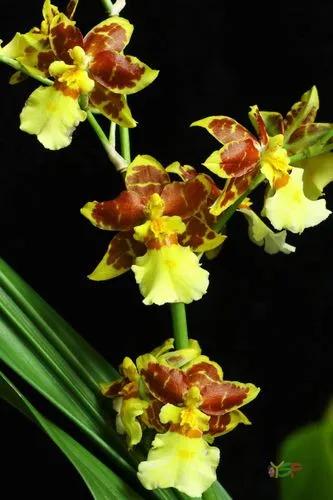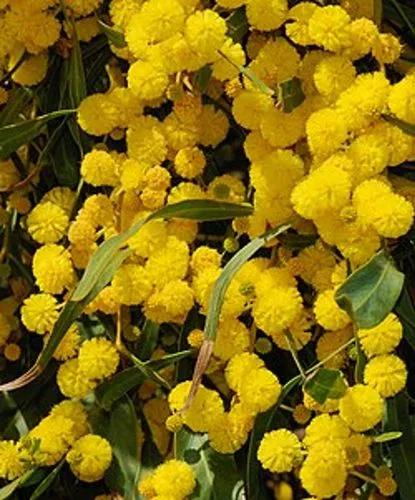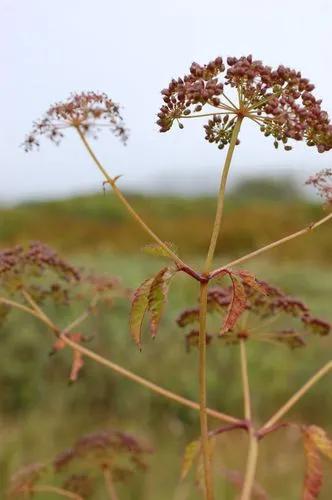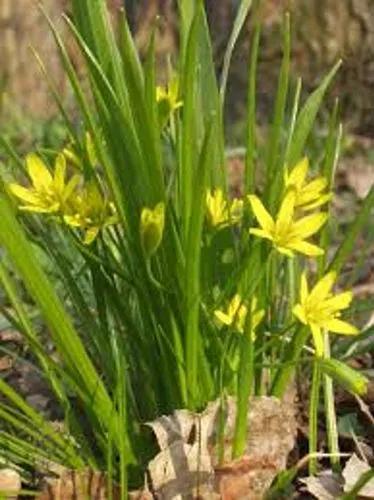Osmanthus fragrans, variously known as sweet osmanthus, is a species native to Asia. It is cultivated as an ornamental plant in gardens in Asia, Europe, North America for its fragrant flowers which carry the scent of ripe peaches or apricots.
Sweet osmanthus Care
Osmanthus fragrans



Osmanthus fragrans is an evergreen shrub or small tree growing to 3–12 m (9.8–39.4 ft) tall. The leaves are 7–15 cm (2.8–5.9 in) long and 2.6–5 cm (1.0–2.0 in) broad, with an entire or finely toothed margin. The flowers are white, pale yellow, yellow, or orange-yellow, small, about 1 cm (0.39 in) long, with a four-lobed corolla 5 mm (0.20 in) diameter, and have a strong fragrance; they are produced in small clusters in the late summer and autumn. The fruit is a purple-black drupe 10–15 mm (0.39–0.59 in) long containing a single hard-shelled seed; it is mature in the spring about six months after flowering. In China, it is the "city flower" of the cities of Hangzhou, Suzhou, and Guilin. In Japan, it is the "city tree" of Kitanagoya, Aichi Prefecture, and the "town tree" of Yoshitomi, Fukuoka Prefecture.
How to Care for the Plant

Water

Water newly planted Osmanthus regularly until the shrub is established and begins to grow. After the first season, you only need to irrigate it during prolonged dry spells.

Fertilizer

Fertilize with a general-purpose fertilizer every year or two in fall. Spread the fertilizer over the root zone and water it in. You can also use a layer of compost as a slow-release fertilizer.

Sunlight

Osmanthus needs a location in full sun or partial shade. They have a more dense growth habit in full sun than in shade. Variegated types tend to bleach out in full sun, so give them a little afternoon shade.

Soil

The shrubs tolerate most acid to neutral soils and need good drainage.

Temperature

It may be cultivated in an ample variety of climates; it resists to the low temperatures, down to even -15°C, for a very short period.

Popularity

1,287 people already have this plant 140 people have added this plant to their wishlists
Discover more plants with the list below
Popular articles






